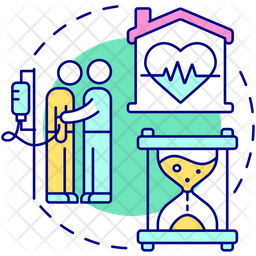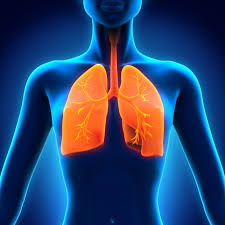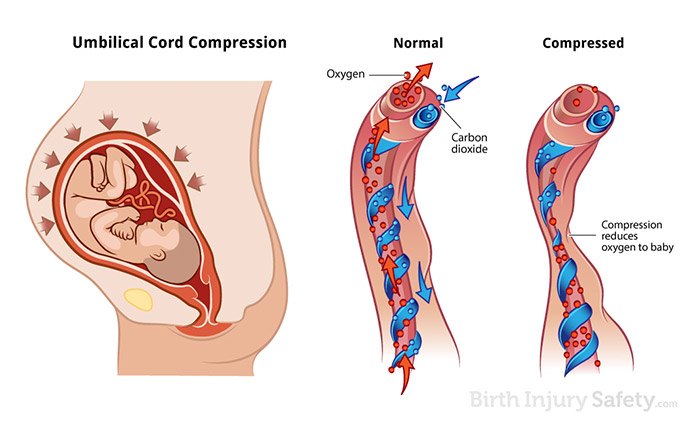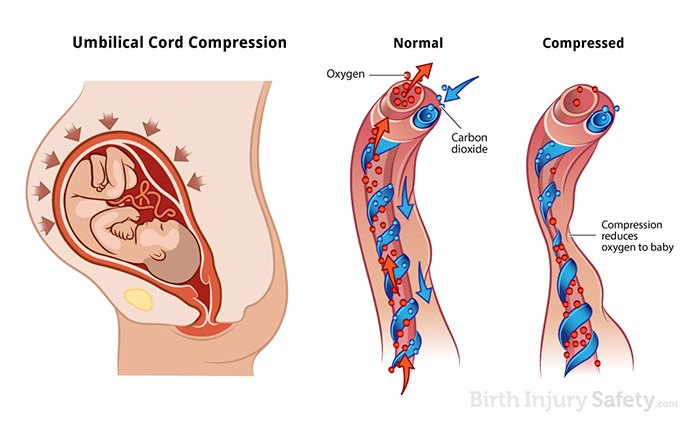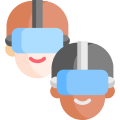- Participants learn to perform a thorough assessment of sensory and motor function, including evaluation of sensation, reflexes, coordination, and muscle strength. They gain proficiency in using standardized neurological assessment tools and techniques to systematically evaluate different components of the sensory-motor system.
- The simulation presents participants with various neurological and sensory motor abnormalities commonly encountered in clinical practice, such as sensory deficits, abnormal reflexes, coordination impairments, and muscle weakness. Participants learn to recognize these abnormal findings and understand their significance in diagnosing underlying neurological conditions.
- Participants learn to localize neurological lesions based on the pattern of sensory and motor deficits observed during the examination. They gain insights into the neuroanatomical pathways and structures involved in different sensory and motor functions, allowing them to make accurate diagnoses and develop appropriate treatment plans.
- Participants learn to interpret assessment findings in the context of the patients medical history, clinical presentation, and other diagnostic tests. They gain skills in synthesizing information from the neurological examination to formulate differential diagnoses and guide further evaluation and management.
- The simulation emphasizes the importance of effective communication with patients and colleagues regarding neurological assessment findings, diagnosis, and treatment recommendations. Participants learn to convey complex neurological concepts and findings in a clear and understandable manner, fostering patient understanding and engagement in their care.
imaginX is used by many amazing schools and universities
University / College

